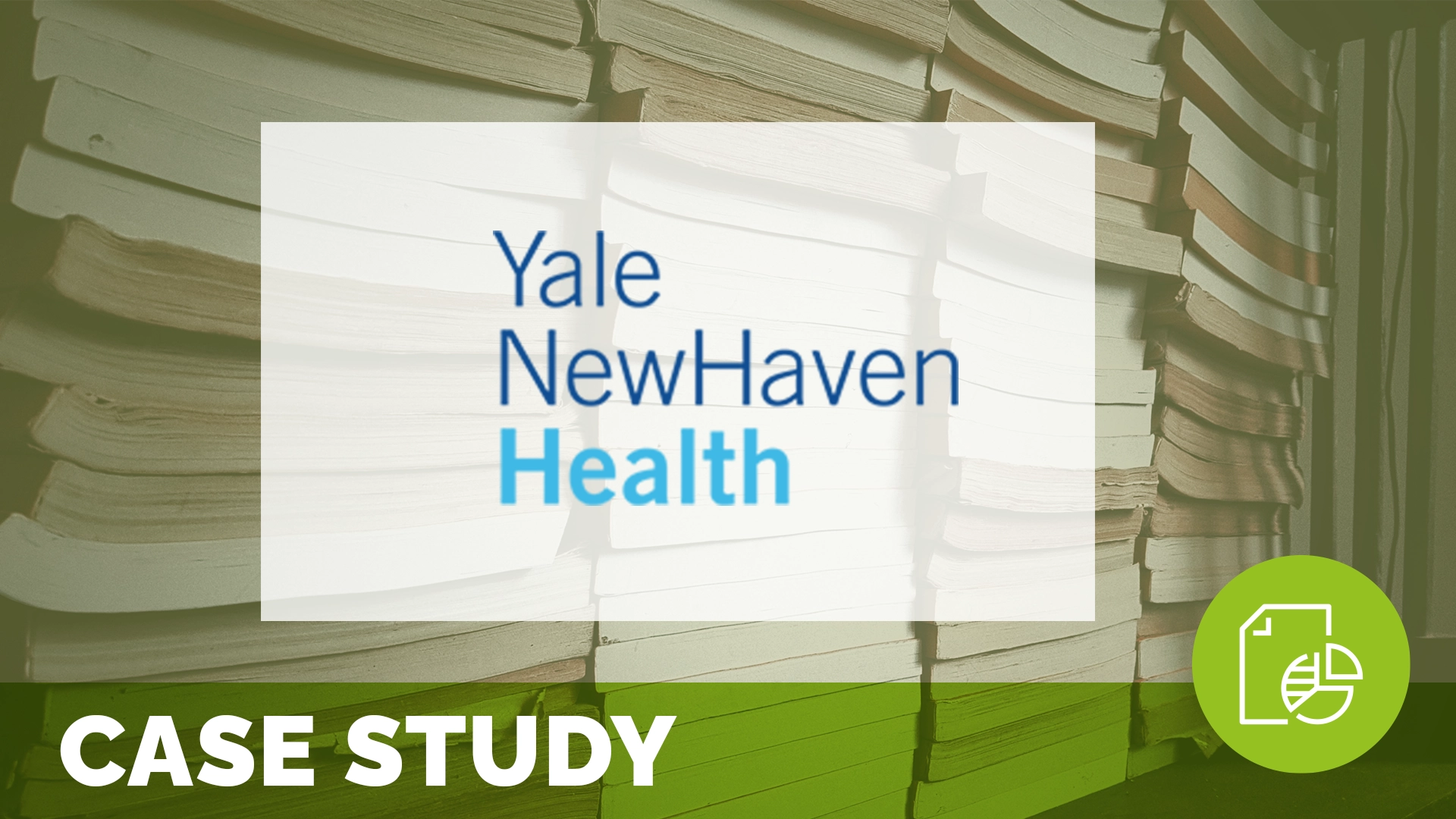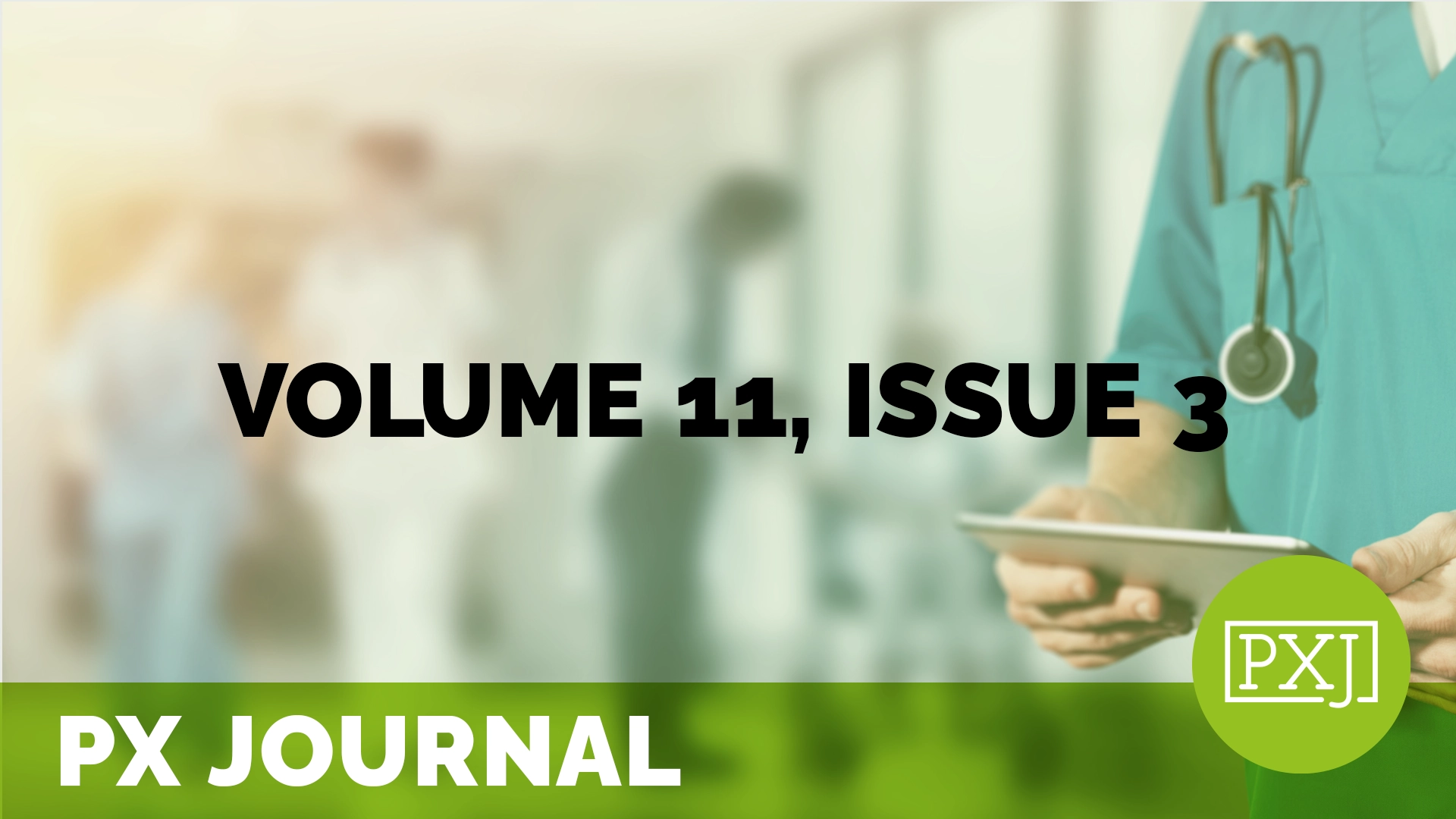Aligning the Work of Patient Relations: The Value of an Operating Manual

In this case study from Yale New Haven Hospital System, learn how the creation of an Operating Manual for all Patient Relations Departments across their health system aids in setting expectations for staff in quality, safety and experience. Initial outcomes from the new manual include higher compliance rates in case documentation and greater clarity around operational policies, empowering staff to confidently handle the navigation of issues.
Related content
-
 Patient Family & Community Engagement
Patient Family & Community EngagementPX Chat on PFA/PFACS: New/Getting Started (August 6, 2025)
12pm ET / 11am CT / 10am MT / 9am PT – Join The Beryl Institute community for an opportunity to connect with your peers on the support and resources needed to address efforts around new and getting started with PFAs and PFACs in their organizations. Breakout discussion groups allow you to share your challenges,
Learn more -
 Patient Family & Community Engagement
Patient Family & Community Engagement“You May Not Appreciate This Now, But You May Later”: A Qualitative Analysis of the Impact and Meaning of Legacy Interventions as Defined by Bereaved Parents
The death of a child is a significant event that affects the family system. Families of dying children need comprehensive support to help them cope with their trauma and loss. However, there is little research that examines parental preferences and grieving support needs. This study explored bereaved parent mentors’ perspectives on legacy interventions to identify
Learn more -
 Culture & Leadership | Patient Family & Community Engagement | Staff & Provider Engagement
Culture & Leadership | Patient Family & Community Engagement | Staff & Provider EngagementA System-Wide Transformation in Human Experience at NSW Health
Global Headliner Webinar Series (Complimentary) – Join us as we reflect, reconnect, and recommit to elevating the human experience—not as an initiative, but as a way of being. Tuesday, August 19, 2025 10:00 PM EDT – Eastern Daylight Time (New York) Wednesday, August 20, 2025 12:00 PM AEST – Australian Eastern Standard Time (Sydney, Melbourne,
Learn more
